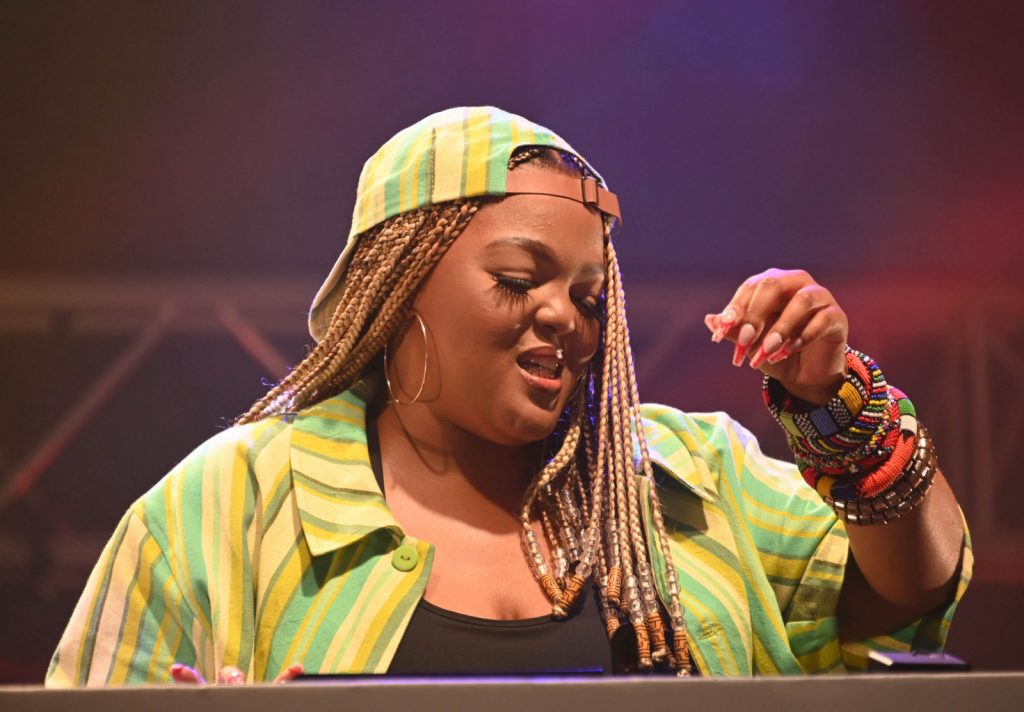The second coming of kwaito. That is how amapiano has been dubbed by the streets. The thick basslines, the slow tempo that yearns for pantsula moves, the kwaito style of rapping and deep connection to the kasi lifestyle, are some of the traits the two genres share.
“When you see the younger generation sampling what we did, the music lives on,” said kwaito pioneer Oskido, explaining the connection in Spotify’s mini-documentary, Freedom Sounds: From Kwaito to AmaPiano.
Society — and the music industry — has come a long way since the days Boom Shaka woke us up to the fact that it was about time to take a listen to their ground-breaking sounds. In kwaito and house, women artists were reduced to dancers and guest features, often going uncredited for the songs they contributed to.
Your M&G
Did you enjoy this feature? The Mail & Guardian has a proud 35 year history of producing South Africa’s best-informed, independent journalism. Since the very beginning, we have relied on the support of paying subscribers to fund our writers.
Doing so guarantees our editorial independence and enables us to survive no matter what the bad actors, the economy or Covid-19 throws at us. Want to support the Mail & Guardian? You can get unlimited access to all of stories, plus our weekly crossword and subscriber events from just R99 a month.




